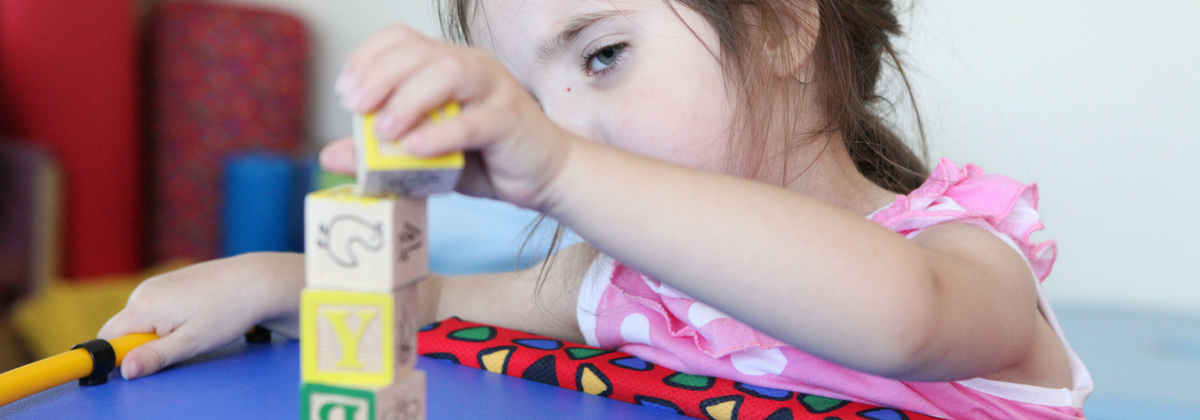Health professionals often use recognised terms to describe the level of physical function a person with cerebral palsy has.
The Gross Motor Function Classification System (GMFCS) describes the level of ability a person has to control the large muscles in their body for walking, sitting, running, crawling etc.
The Manual Ability Classification System (MACS) describes the level of ability a person has with their hands during daily activities like eating, writing and dressing.
Gross Motor Function Classification System
The GMFCS categorises the gross motor skills of children, young people and adults with cerebral palsy into five different levels.
Level 1: Children walk at home, school, outdoors and in the community. They can climb stairs without the use of a railing. Children perform gross motor skills such as running and jumping, but speed, balance and coordination are limited.
Level 2: Children walk in most settings and climb stairs holding on to a railing. They may experience difficulty walking long distances and balancing on uneven terrain, inclines in crowded areas or confined spaces. Children may walk with physical assistance, a hand-held mobility device or use wheeled mobility over long distances. Children have only minimal ability to perform gross motor skills such as running or jumping.
Level 3: Children walk using a hand-held mobility device in most indoor settings. They may climb stairs holding onto a railing with supervision or assistance. Children use wheeled mobility when travelling long distances and may self-propel for shorter distances.
Level 4: Children use methods of mobility that require physical assistance or powered mobility in most settings. They may walk for short distances at home with physical assistance or use powered mobility or a body support walker when positioned. At school, outdoors, and in the community children are transported in a manual wheelchair or use powered mobility.
Level 5: Children are transported in a manual wheelchair in all settings. Children are limited in their ability to maintain antigravity head and trunk postures and control leg and arm movement.
Manual Ability Classification System (MACS)
The Manual Ability Classification System (MACS) assesses a person’s ability to use their hands for daily activities. Information provided by someone such as a parent, who knows how the child typically performs each day.
Level 1: Handles objects easily and successfully. At most, limitations in the ease of performing manual tasks requiring speed and accuracy. However, any limitations in manual abilities do not restrict independence in daily activities.
Level 2: Handles most objects but with somewhat reduced quality and/or speed of achievement. Certain activities may be avoided or be achieved with some difficulty; alternative ways of performance might be used but manual abilities do not usually restrict independence in daily activities.
Level 3: Handles objects with difficulty; needs help to prepare and/or modify activities. The performance is slow and achieved with limited success regarding quality and quantity. Activities are performed independently if they have been set up or adapted.
Level 4: Handles a limited selection of easily managed objects in adapted situations. Performs parts of activities with effort and with limited success. Requires continuous support and assistance and/or adapted equipment, for even partial achievement of the activity.
Level 5: Does not handle objects and has severely limited ability to perform even simple actions. Requires total assistance.
